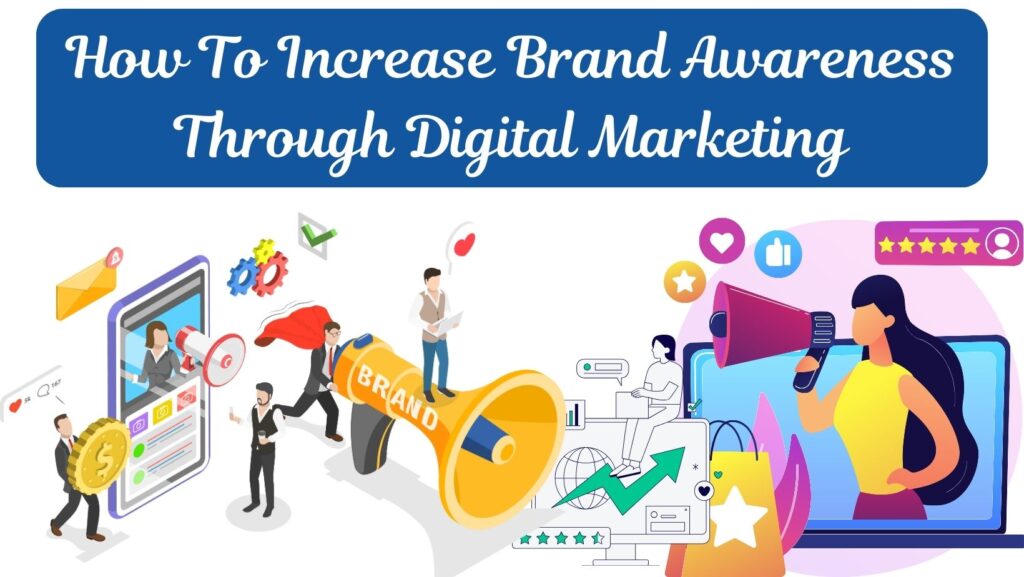

How To Increase Brand Awareness Through Digital Marketing
Digital marketing’s ever-evolving environment necessitates increased brand recognition to achieve long-term success, and when executed successfully, it can significantly expand visibility while forging deeper ties to target audiences. This comprehensive guide explores strategies to take your brand to new heights on the digital frontline.
Significance of Brand Marketing
Brand marketing transcends mere promotion; it encapsulates the essence, values, and unique identity that set your brand apart. It is the vehicle through which your brand narrative is conveyed to the world, leaving an indelible imprint in the minds of consumers.Framing a Compelling Brand Narrative
Your brand narrative is the heartbeat of your marketing efforts. Preparing a compelling narrative involves:- Delving into the roots of your brand.
- Understanding its journey.
- Encapsulating its essence in a story that resonates with your audience.
